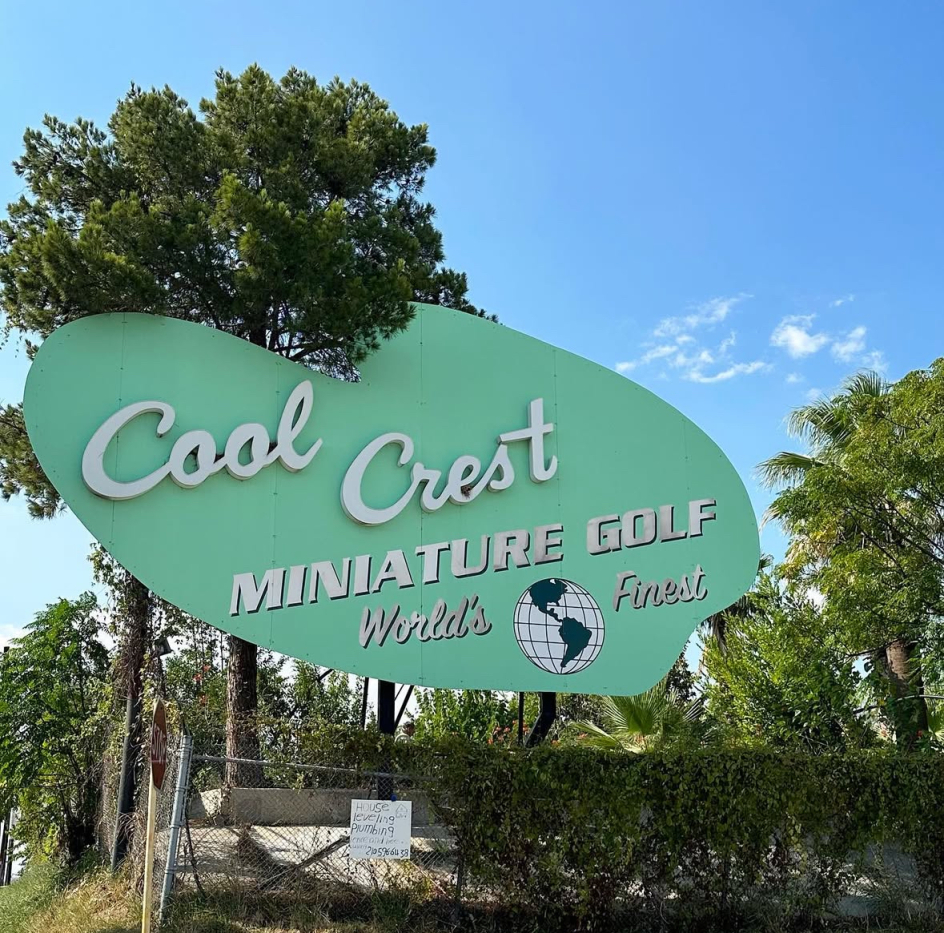
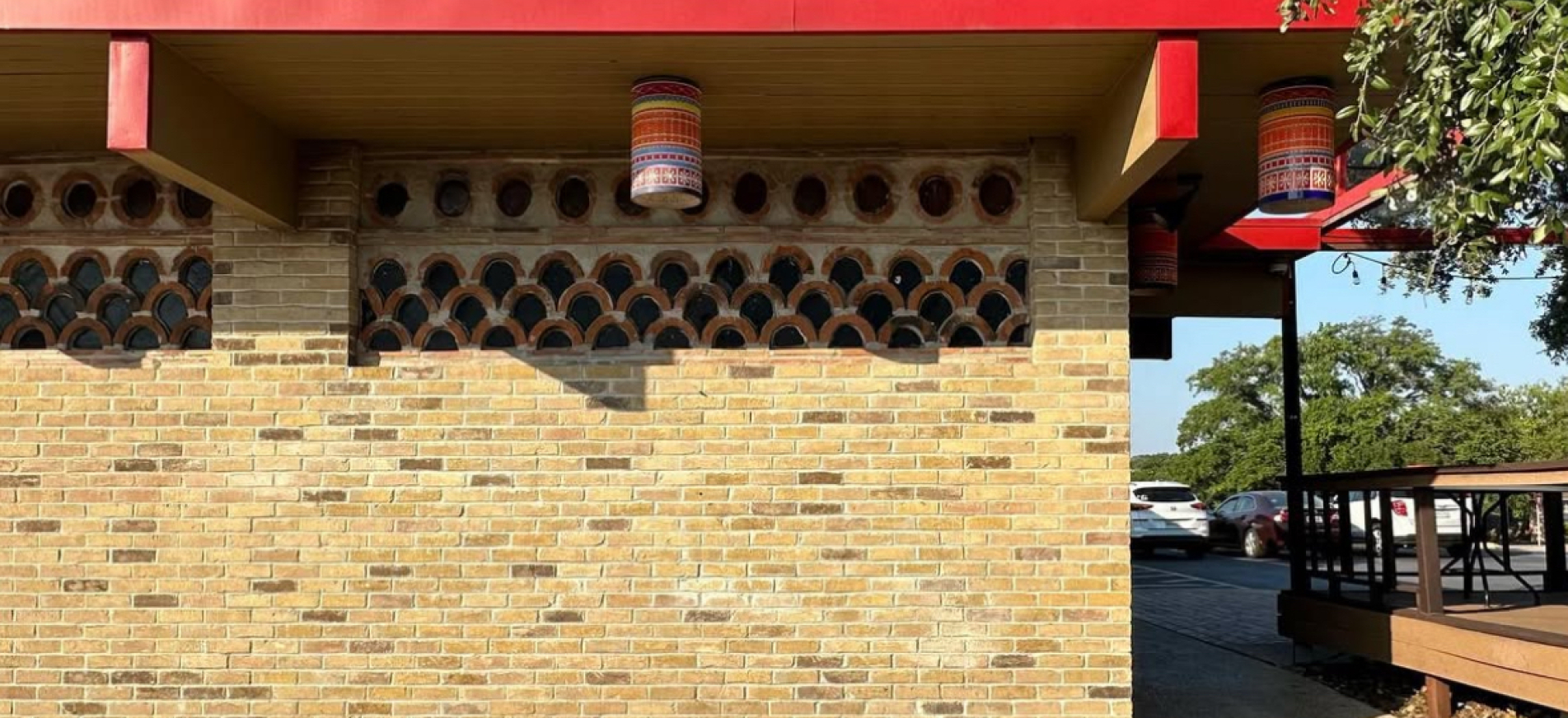
Amy Walton is the founder of modTEXAS, a popular pro bono mid-century modern cataloging effort, to bring awareness to all significant MCM buildings in Texas. We are excited to connect with this Dallas-based design fan about her passion for mid-century modern architecture and highlight a few of her favorite stops in San Antonio.
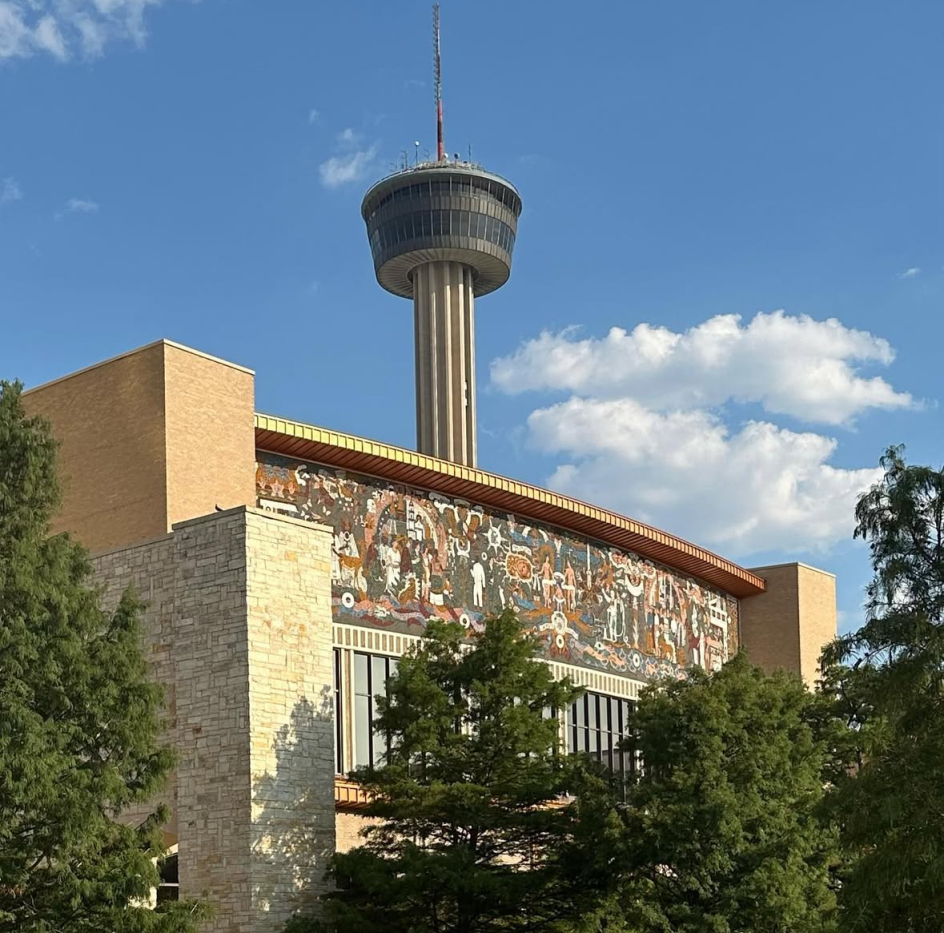
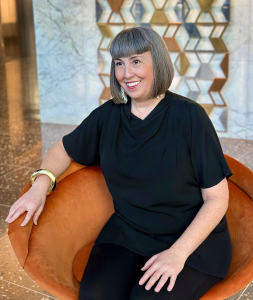
MiSA: Tell us about your background and passion for mid-century design.
A.W.: I’m a Texas gal. I grew up in Kilgore and Midland, attended Austin College in Sherman, and have lived in the heart of Dallas since the 1990s.
I’m a thrifter, art lover, and road tripper. Those passions – coupled with seven seasons of Mad Men – fueled my interest in midcentury design. Attending Okie Mod Squad’s Modernism Weekend in 2016 was a big inspiration. Those volunteers produced an amazing three-day event, featuring lectures, a fashion show, car show, home tour, and design marketplace. It was a lot of fun and I returned home with a curiosity about the treasures Texas had to offer.
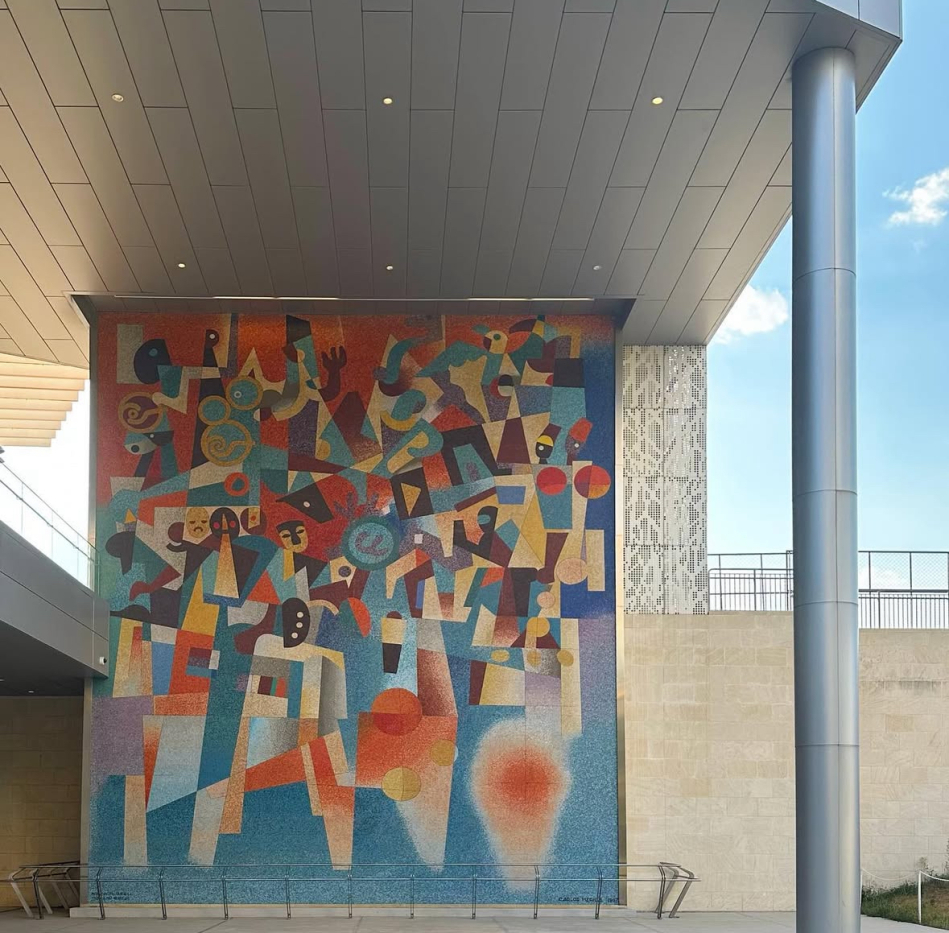
MiSA: How did you get started with the modTEXAS page? Was there a catalyst that made you begin?
A.W.: The germ of the idea for modTEXAS came from following the travels of @benkoush, @macaronic, and others on Instagram. Their photos teased to many beautiful and unique sites across the state. I’ve found Instagram to be a very supportive and creative place, where people can work together to build collections based upon shared interest. That collaboration is at the heart of the project.
Since I had spent 15 years working in the nonprofit sector, I started by contacting many of the institutions that were already experts in the space, like Preservation Dallas, Galveston Historical Foundation, Preservation Austin, San Antonio’s Historic Preservation Office, and the Texas Historical Commission. The state is filled with amazing groups that are focused on the history and architecture of their region, but there wasn’t anyone highlighting this sliver of design history. That’s the niche I thought the project could fill.
I think of modTEXAS like the Ad Council, where we’re providing a pro bono ad campaign promoting the idea of preserving midcentury design and encouraging our followers to get involved with the organizations working in their community.

MiSA: Tell us a little about the history of the page, when you started it, what demographic are its followers?
A.W.: The project started in earnest in 2018 as a community service project. It lives on Instagram* so anyone can contribute photos of their favorite places or sites they’re curious about. To date, over 10,000 posts have been shared with the #modtexas hashtag. Together, modTEXANs are creating the largest collection of Texas design worth preserving.
The demographics of our followers are pretty consistent in that about 90% of them are from the U.S. But it’s fun to know that folks in Iran, India, and the U.K, for example, share our curiosity about these sites. Of the major metropolitan areas in Texas, Dallasites make up the largest group, followed by Austinites, Houstonians, and San Antonians.
*There’s a modTEXAS group on Facebook. While members can share articles and photographs there, contributions aren’t added to our official #modtexas collection, which lives on Instagram.

MiSA: How do you keep it going? Are you constantly traveling or are people submitting things for you to post?
A.W.: Inspiration comes from every imaginable place!
I’m so grateful when people reach out with stories, articles, real estate listings, etc. that point me to a new location. Leads also come from our nonprofit partners who are on the frontlines of preservation efforts in their neighborhoods.
Photos contributed to the #modtexas collection are also an important pipeline. Some of these posts get featured on our main account and often go onto my lists of places to visit to photograph in depth.
I’m a curious person who loves to talk to strangers, so it’s a treat when I can find the time for a road trip. I try to do some advanced research, but often I just route myself to the local courthouse and start exploring from there. One of the treats of being in this community is that I sometimes get to travel with photographers who I’ve met through modTEXAS. My documentation skills have definitely improved with their help.
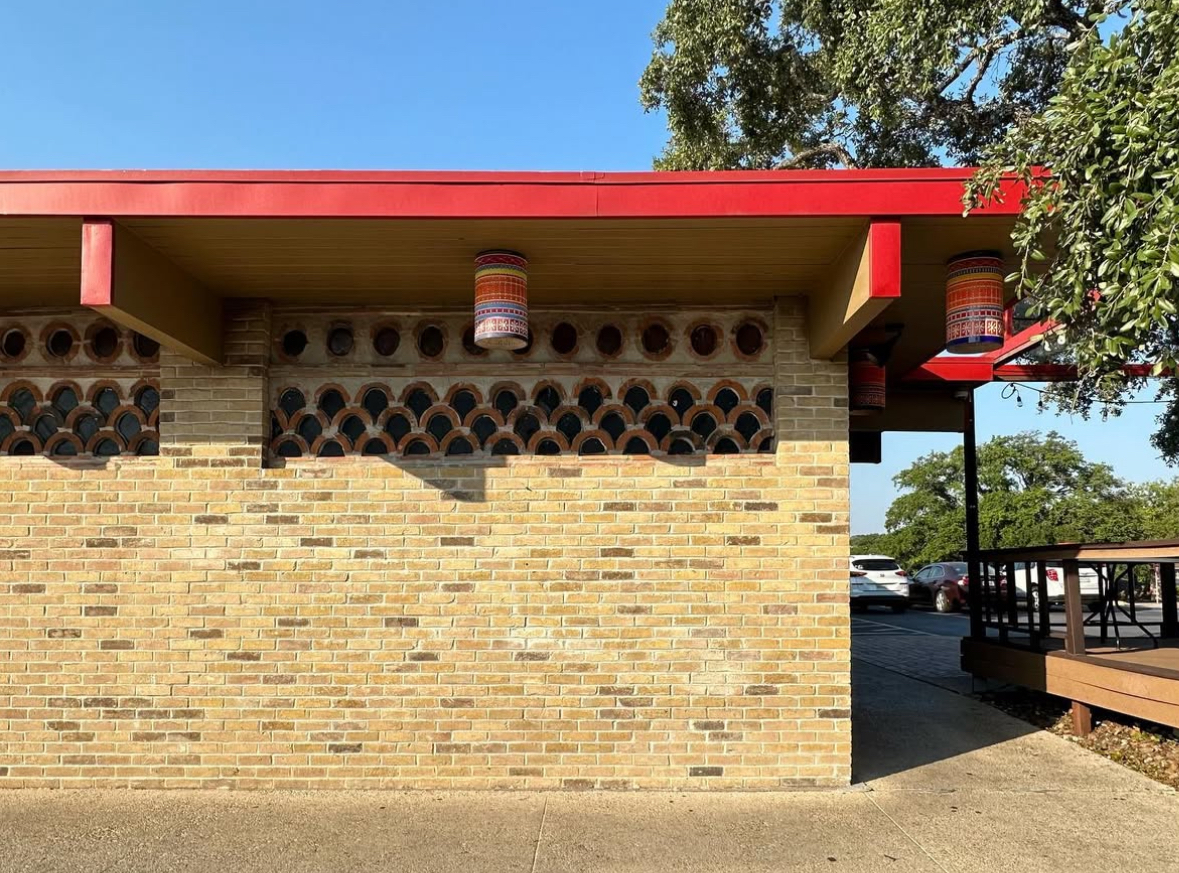
MiSA: What are your hopes for the future of modTEXAS and how can people get involved?
A.W. : Thank you for sharing our project with the MiSA community! Y’all have been a helpful partner in both turning us on to new sites and helping amplify our efforts. There are many ways to support this effort.
First, we invite everyone to engage with modTEXAS on social media, where you can share memories, observations, and your photos of favorite places.
Second, get involved in preservation efforts in your own community. There are historical societies, preservation groups, and museums across the state who are doing important work. Follow them on social media, attend lectures, volunteer on a committee, and make contributions. Your appreciation of your own community will grow as you learn more about the history of its built environment. In San Antonio, I love @moderninSA (obviously!), @sapreservation, and @saconservation.
Next, I hope the project makes people curious enough that they want to take some road trips themselves. If you’re planning to travel for fun, the Texas Historical Commission has a site and e-newsletter focused on historic road trips, and Texas Highways and Texas Monthly do a nice job of highlighting routes and activities.
Finally, spend money with legacy businesses. Family-run restaurants and retailers rely on our patronage to keep them in business. And their staff are usually happy to share stories with you.
As for the future, I hope our crowd-sourced collection continues to grow and that modTEXAS helps cultivate future preservationists. I’m excited to be donating my photographs to the University of North Texas’ Portal to Texas History, where they’ll become a free resource. My dream is to have one of the Texas architecture schools map our sites so folks can more easily make their own pilgrimages to explore Texas modernism.
